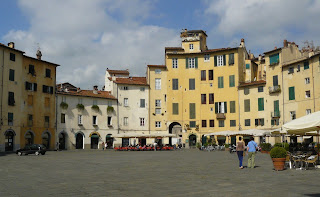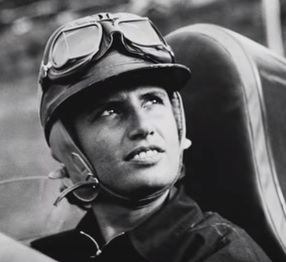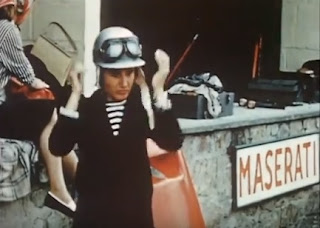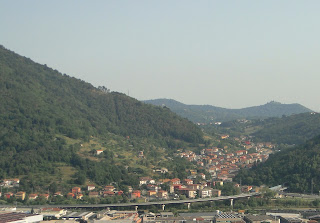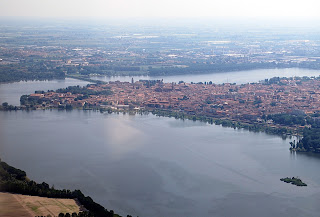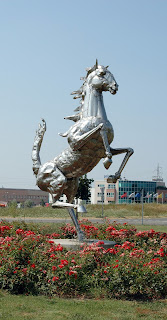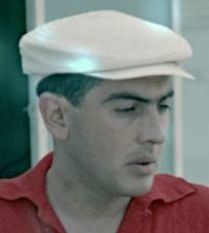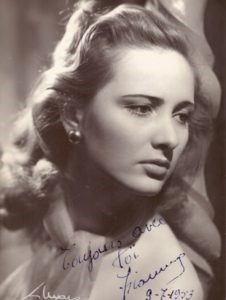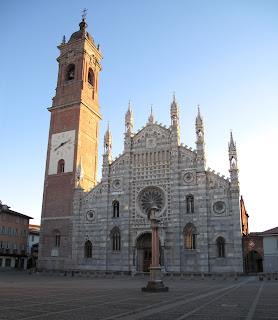Last Italian to win ‘home’ Grand Prix
 |
| Ludovico Scarfiotti grew up in a background of cars and racing |
His success at Monza, where he came home first in a Ferrari one-two with the British driver Mike Parkes, was the first by a home driver for 14 years since Alberto Ascari won the last of his three Italian Grand Prix in 1952.
It was Scarfiotti’s sole victory - indeed, his only top-three finish - in 10 Formula One starts. His competitive career spanned 15 years, ending in tragic circumstances with a fatal crash in 1968, little more than a month after he had come home fourth in the Monaco Grand Prix in a Cooper-BRM.
Scarfiotti in some respects was born to race. His father, Luigi, a deputy in the Italian parliament who made his fortune from cement, had raced for Ferrari as an amateur. His uncle was Gianni Agnelli, the powerful president of Fiat.
He first raced in 1953 and he won his class in the 1956 Mille Miglia. He joined Ferrari in 1960 and finished fourth on the Targa Florio. Although he subsequently drove for OSCA and Scuderia Serenissima, he returned to Ferrari in 1962 and won the European Hillclimb championship for the marque.
 |
| Ludovico Scarfiotti in the Ferrari 312 with which he won the 1966 Italian GP |
After suffering leg injuries preparing for the French GP a week later, he announced he would not race again. Nonetheless, he was persuaded to return in 1964 and was again successful in sports cars – winning at the Nürburgring.
In 1965 he was European Hillclimb champion and winner of the Nürburgring 1000km for a second time. Scarfiotti returned to Ferrari’s F1 team when John Surtees suddenly quit in the middle of 1966.
The victory at Monza, in which he set a track record speed of 136.7mph (220.0 km/h), came in only his fourth world championship start.
Scarfiotti gained more successes racing sports cars in 1967, finishing runner-up at Daytona, Monza and Le Mans. He dead-heated for first place with team-mate Parkes in a non-championship F1 race at Syracuse in Sicily.
He and Ferrari parted company in 1968. Scarfiotti was in demand, however, and he soon secured drives with Porsche in hillclimbs and sports cars and, and became Cooper’s team leader, in F1.
 |
| Scarfiotti was only 34 years old when he was killed in a crash in 1968 |
He was discovered, badly injured, some 50 yards from his car. He died in an ambulance of numerous fractures. Traces of burned runner along 60 yards (55m) of road close to the crash site indicated that Scarfiotti had slammed on his brakes at the final moment.
He left a wife, Ida Benignetti, and two children from a previous relationship. He is buried at the Cimitero Monumentale di Torino.
 |
| The futuristic Fiat plant in the Lingotto district in Turin, with its famous rooftop testing track |
The former Fiat plant in the Lingotto district of Turin was once the largest car factory in the world, built to a linear design by the Futurist architect Giacomo Matte Trucco and featuring a rooftop test track made famous in the Michael Caine movie, The Italian Job. Redesigned by the award-winning contemporary architect Renzo Piano, it now houses concert halls, a theatre, a convention centre, shopping arcades and a hotel, as well as the Automotive Engineering faculty of the Polytechnic University of Turin. The former Mirafiori plant, situated about 3km (2 miles) from the Lingotto facility, is now the Mirafiori Motor Village, where new models from the Fiat, Alfa Romeo, Lancia and Jeep ranges can be test driven on the plant's former test track.
 |
| Monza's Basilica of San Giovanni Battista, which contains the jewel-bedecked Corona Ferrea |
Apart from the motor racing circuit, Monza is notable for its 13th century Basilica of San Giovanni Battista, often known as Monza Cathedral, which contains the famous Corona Ferrea or Iron Crown, bearing precious stones. According to tradition, the crown was found on Jesus's Cross. Note also the Villa Reale, built in the neoclassical style by Piermarini at the end of the 18th Century, which has a sumptuous interior and a court theatre. Monza is a city of just under 125,000 inhabitants about 20km (12 miles) northeast of Milan.
Also on this day:
1634: The birth of composer Luca Giordano
1833: The birth of industrialist Cristoforo Benigno Crespi
2012: The death of cycling great Fiorenzo Magni
Home





